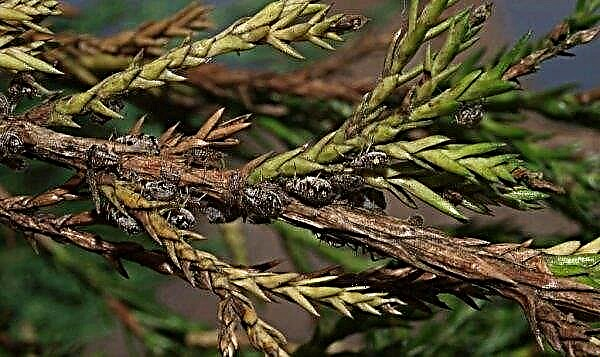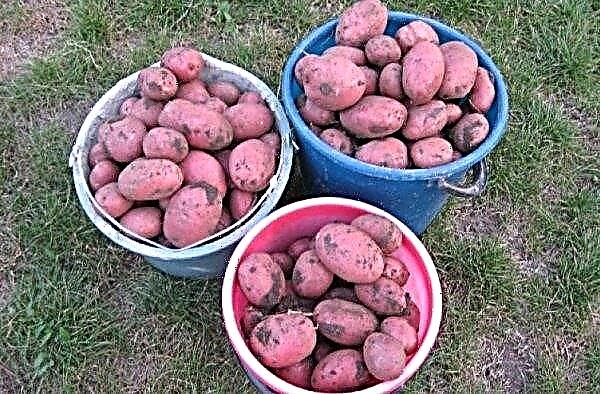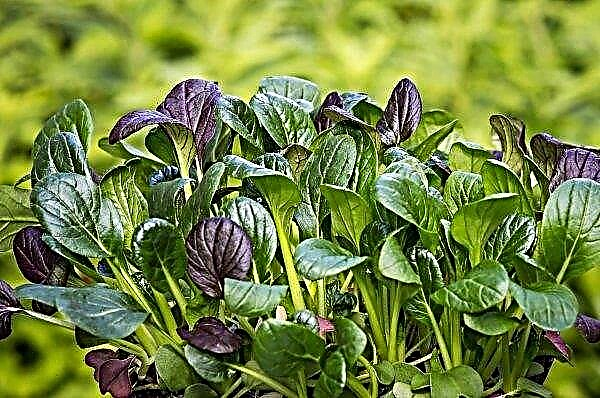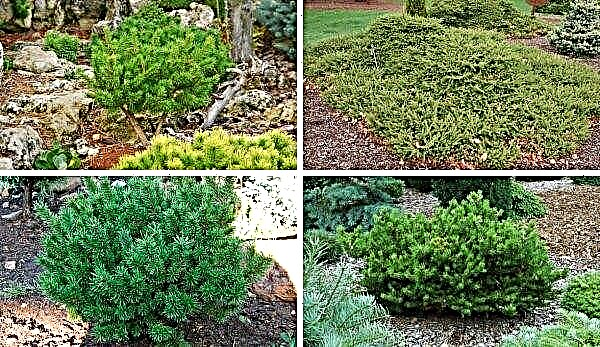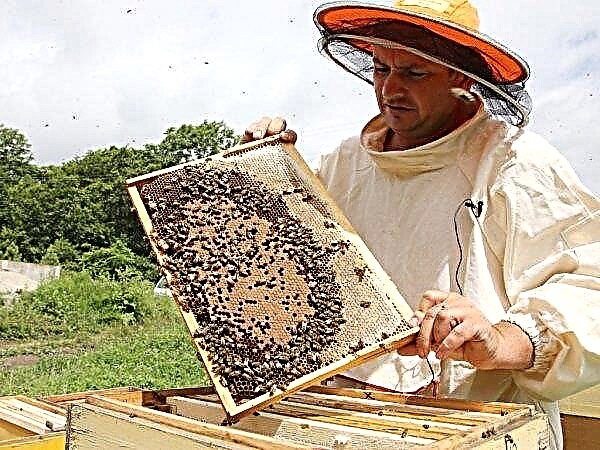Many gardeners and farmers use greenhouses to grow flowers and vegetables. You will learn about how to build such a structure yourself, how to choose the material, and other important details from this article.
Which greenhouse is better - glass or polycarbonate
The most common classical material for building a greenhouse is glass: this material transmits light well. Together with glass, polycarbonate is often used. This is a more modern material, and although it is more expensive than glass, it is high strength. Thanks to this quality, you will not need to repair the structure in the future, and this will significantly reduce your costs. Both materials have advantages and disadvantages, which you will learn about below.
Benefits
- Advantages of a greenhouse made of glass:
- during the construction environmentally friendly materials are used;
- you can put a heater or stove in it, while it does not light up and will not emit toxic substances;
- glass is easier to disinfect and wash;
- in the summer, a static microclimate is created in such a greenhouse.

- Advantages of the polycarbonate greenhouse:
- resistant to weather conditions;
- It has high thermal insulation, which will help to save on additional heating;
- does not require special efforts in the construction of the structure;
- good light transmission;
- plastic can be easily cut and give it the shape and size you need;
- durable material that will serve you for 25 years, while glass will last up to 10 years;
- Does not catch fire from exposure to fire;
- protects the plant from the negative effects of sunlight.

Disadvantages
- Disadvantages of a glass greenhouse:
- due to the fact that light passes through the glass well, plants can get burns during hot weather;
- in winter, it is impossible to grow something in such a greenhouse, because it is cold there;
- the material is very fragile and requires a lot of effort to install;
- glass needs to be changed often, because cracks may appear on it, or it may break;
- during installation, you need a good foundation, because the glass structure is heavy;
- only square or rectangular construction can be made from this material.
Did you know? Holland is the country in which the largest number of glass greenhouses is built. The largest greenhouse has been built in the Netherlands, covering an area of 10,500 ha.
- Disadvantages of a polycarbonate greenhouse:
- It requires large funds to purchase the material and equipment in order to build it;
- there is a difficulty when you need to wash a greenhouse made of this material - you can not use a washcloth or a metal sponge.
Varieties and characteristics of glass greenhouses
The glass structure looks like a house for children. This material is most often used for sheltering greenhouses and greenhouses, but other variations of designs from this material can also be purchased on the market:
- Greenhouse ASG-12. The basis is made of rolled products, which are made of aluminum. A structure made of such material is installed on a good, solid foundation. The dimensions of the greenhouse: width - 3 m, length - 4.5 m, height - 2.5 m. The design has doors and vents for ventilation, which are placed along the transverse face of the structure and the roof.

- TSP-13. The frame of this option is made of steel; it is best to grow vegetables in seedlings.

- Lux and Luck. They are the most common. Luck is considered more functional, since it has windows on the ceiling that serve as ventilation. Tight glazing is carried out using a plastic profile that withstands high and low temperatures.
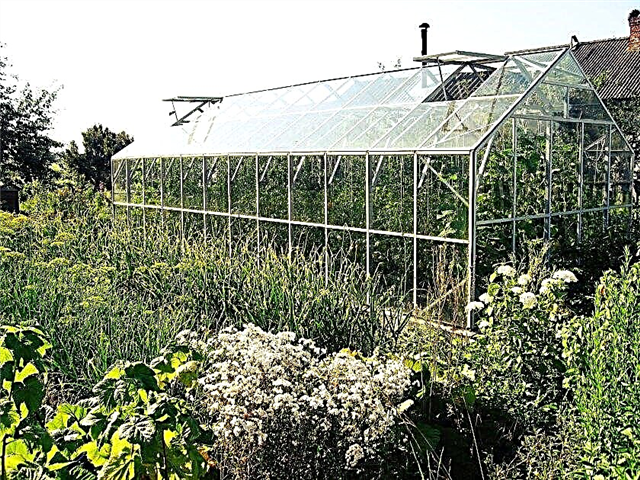 Greenhouse "Luck" Greenhouses "Lux" are of 2 types: non-standard models and ordinary gable houses. The dimensions of the greenhouse: width - 3 m, length - 6 m, height - 2.5–3 m. Its configuration also consists of four transoms for ventilation and thermal piping to them, a door and an internal partition. Greenhouses "Lux-non-standard" can be in the form of a trapezoid, angular, multifaceted.
Greenhouse "Luck" Greenhouses "Lux" are of 2 types: non-standard models and ordinary gable houses. The dimensions of the greenhouse: width - 3 m, length - 6 m, height - 2.5–3 m. Its configuration also consists of four transoms for ventilation and thermal piping to them, a door and an internal partition. Greenhouses "Lux-non-standard" can be in the form of a trapezoid, angular, multifaceted. Greenhouse "Lux
Greenhouse "Lux
How to make a glass greenhouse with your own hands
Independent construction of a greenhouse from glass frames requires the correct and consistent implementation of a number of actions - selection of material, creating a foundation and frame, fixing glass on it.
Materials for the greenhouse
An important point before construction is the choice of material. What kind of glass is better to choose and how long it will last, you can find out by reading the information below.
Soft glass greenhouse
Using soft glass is a good option, since this material is well cut, and you can easily select the required thickness. It can be fixed both on a metal frame and on a wooden one. The main advantage of soft or liquid glass is that it does not break, but if there are cuts, it will need to be replaced. Soft glass is attached to the frame with the help of additional accessories.
Greenhouse made of metal and glass
Such a structure is a solid structure that will serve you for many years, since it will not deform. It can also be fixed directly to the foundation. This design can be assembled by pre-drilling holes and securing with tightening bolts.
In this form, you can disassemble the metal frame at the right time for you, but do not forget to mount corners and supports in it. If you have a welding machine, then you can build the structure using welding seams. There is one drawback: in this embodiment it is impossible to disassemble the frame, which complicates the transfer of such a greenhouse.

Brick and glass greenhouse
A structure built of brick and glass, or combined, will also serve you for a long time. In addition, as a material you can use an old brick, a frame from doors. When building such a greenhouse, less cost is spent on glass, and the weight of the structure is also reduced.
For this, the foundation is first built, then roofing material, brick is laid on top, anchor bolts are inserted at the joints, in order to make it more convenient to install the glass structure. For glazing, a wooden frame is used, or the glass is glued together using silicone sealant.
Glass greenhouse made of wood
This option is the best for beginners. In addition, wood is a low-cost material. The wood frame can withstand heavy loads, it is also easy and convenient to work with. The main advantage is that the installation of glass is not difficult, for this you will need nails, glazing beads and sealant. But such a design will not last as long as the materials from the previous options.

Tempered glass for the greenhouse
Tempered glass is perfect for those who are going to grow something in the winter, because it retains heat well. It can also be additionally installed in an already made greenhouse, if the glass is already in your frames. The main advantage of tempered glass is that it is not as fragile as ordinary.
Step-by-step instructions and building steps
To build a greenhouse that will last for many years, it is necessary to follow all stages of construction. First you need to build a foundation, then the frame, walls, roof and, last but not least, glaze it.
Important! Before you begin, create a drawing that you will act on farther. This will greatly simplify your activity.
Foundation
Building a good foundation requires a special approach, since the glass structure is quite heavy. It is also necessary to take into account the type of foundation, since this affects what material the frame will be made of. You need to pay attention to the type of soil in the area where you plan to build a greenhouse.
From the bars. Low-cost and simple is a foundation made of bars.

To do this, you must:
- Tie the perimeter of the greenhouse with a beam with a section of 12 × 12 cm. Before laying this foundation, the bars that you use must be treated with linseed oil or other means to prevent the process of rotting the tree.
- Next, you need to dig a trench and place a roofing material there, and on top there is a beam. For greater strength and reliability, the foundation can be made in several rows, while the trench should be a little deeper, and the rows are fastened together using a metal stud.
- Then, when the harness is ready, you can fix the frame, using the corners.
The main advantage of this foundation is that it is easy to disassemble and assemble, and a greenhouse with such a foundation is easy to carry. However, this option has a huge minus, since the tree, regardless of various impregnations, will decay over time.
Blocky. In areas where there is a strong accumulation of water, the foundation must be strong and waterproofed to protect plants from excessive moisture.
To make it so is not difficult - for this you need:
- Prepare the soil, remove weeds, uproot stumps, if any, dig a trench.
- Cover the trench with a 10 cm layer of gravel.
- Knead cement, crushed stone, sand and water for concrete.
- Pour them with gravel, put blocks on top.
- Check the evenness of the blocks with a level.
- Fill the void in the blocks with concrete.
- To smooth the surface of the foundation and lay the clinker along the stretched building cord, it is necessary to start from the corners.
- When the masonry mortar becomes solid, you need to putty and grind the seams.
- In those places for which the walls will be fastened, you need to lay whole bricks, the gaps between them can be laid in small pieces of brick.

Brick based on concrete. This type of foundation is suitable for structures made of various materials. Manufacturing process:
- Dig a trench with a width of 20 cm and a depth of 10 cm.
- Knead cement, crushed stone, sand and water for concrete, pour it into the trench.
- Check the evenness of the concrete surface using a level board or level.
- Install anchor bolts with a diameter of 12 mm on the sides and at the ends so that they correspond to the base of the frame.
- When 7 days have passed, lay a row of brickwork.
When you start to build the structure, you will need to make holes for the bolts in the base of the frame to connect the foundation to the frame using nuts. If your frame is made of wood, then between it and the foundation it is necessary to put roofing only for waterproofing.
Important! Brick joints should be filled with mortar and match the location of the anchor bolts.
Frame
The frame for the greenhouse can be made of aluminum profile or of wood, if you do not have a welding machine. An aluminum profile with grooves is perfect for building a frame under a glass greenhouse.
To build it you need:
- To purchase a 2 × 2 aluminum pipe, its wall thickness should be 0.15 cm, the channel 20 × 20 × 20 × 1.5 mm, as well as a profile with grooves in which the glass will be installed.
- Connect 8 guides in pairs in such a way that you have 4 workpieces with a length of 6 m - the upper and lower part of the frame along the length will be composed of these parts.
- Then the end walls are made, for which the profile is used: it must be divided into 12 parts, each length should be 1.5 m, these details will serve as vertical posts fastened to the foundation and the roof.
- Then you need to start assembling the horizontal parts of the frame: for this, the workpieces are connected in such a way that in the end a rectangle is obtained.
- Then, vertical posts are attached to the end side of the resulting figure.
- When the bottom is ready, the top is assembled in the same way.
- Now you can start assembling the roof, for this you need to make 4 triangles with bases of 3 m in length and 60 cm in height.
- Lock the roof on top of the frame.

The frame made of wood is a low-cost building material. It is best made from beams, as they will withstand heavy glass, and it is perfectly attached to this material.
To build a structure of wooden bars, you must:
- Along the perimeter of the foundation, make the lower harness.
- Attach support bars to it, and the drawing must be followed.
- Measure the width of the glass to calculate the distance between the supports.
- Make the upper harness, it will strengthen the structure; also on it you need to fix the support bars.
- Now you need to install the rafters on the roof, they need to be placed at an angle of 15 °.
Did you know? Icelanders build greenhouses next to geysers, receiving additional heat from hot springs.
Walls
If you want to make a combined greenhouse, you can build walls of brick and install a small frame on top. You can also glaze all the walls.
Roof
The roof is already actually built when the frame is being built. She can only hide. As a cover, you can use the same material as for the walls, as well as roofing, ruberoid or metal tile.
Glazing
The last step in the construction of the greenhouse is its glazing. First you need to glaze the walls, and then the roof.

This process occurs as follows:
- In the opening on the inside of the greenhouse, construct glazing beads of wood or slats with a section of 2 × 2 cm, and fix them with special nails.
- Cut the glass of the required size (its width and height should be 2 mm less than the openings between the uprights) using a glass cutter or other tool intended for this.
- Lubricate the glass mounting area with sealant.
- Take the glass with the suction cup holder and put on grease.
- Put it on a sealant made of isobutyl or polybutadiene rubber; when applying sealant, put the glass panel in place and use rubber blocks to fix it.
- After installing the panel using a rail or glazing beads, you need to fix it.
- Do the same with the rest of the material.
Did you know? Built in London in the fourteenth century, the Crystal Palace hosts many festivals and various events, as well as royal receptions. The palace was built by the famous gardener Joseph Paxton, who during the construction of the building was based on the experience of erecting greenhouses.
When the work with the walls and the roof is completed, it is necessary to knock down the windows and the door from the middle section bar, then glaze them and install them on the hinges.
Methods for fixing glass in a greenhouse
There are several ways to fix glass:
- Overlap. It is carried out from the bottom up, while it is necessary to block the glass by 10-15 mm for free flowing down the surface of the building. It is impossible to make a large overlap, since this will accompany the accumulation of dust, as a result of which the structure will lose its light conduction.
- Butt. It is used if thick glass is used for glazing. This method is better than the previous one, because it is easy to perform, and also creates good sealing in the building. It consists in the fact that at first the lower glasses are inserted and fastened so as not to fall out, then you can gradually proceed to the installation of the upper ones, while they can be placed close to the lower ones. Strips of textolite or other opaque materials are laid over the joints.
- Glazing of metal structures. For different profiles, hooks, staples, corners, etc. are used. To fix the upper glasses, which are overlapped, s-shaped hooks with a thickness of 0.5 mm and a width of 30 mm are used.They are hung on the lower glasses, and then the upper ones are supported on them. However, this method cannot create conditions for good sealing.
Video: glass and metal greenhouse
How to choose a finished glass greenhouse from the manufacturer
Buying a greenhouse from the manufacturer is the easiest way to get a finished building. But before you select it, you need:
- determine the size, shape and purpose of the greenhouse;
- choose a place where it will be located;
- describe for the customer the size and purpose of the structure;
- after buying a greenhouse, check its parameters so that they correspond to the necessary;
- make sure that the configuration includes instructions and drawings.
Is it possible to use tinted windows for the greenhouse
Many gardeners do not recommend the use of tinted glass, because plants need good penetration of light, and highly darkened material will not be able to provide this. But if you grow plants that do not require a lot of sunlight, then a frame with tinted glass is a good option. Please note that this material has a high cost.
Knowledge of how to build a glass greenhouse on your own will help you save not only on material, but also on the time that will be spent on construction. And the criteria by which you need to approach the choice of a greenhouse from the manufacturer will allow you to make a purchase that will provide you with a high-quality and durable construction for a long time.



 Greenhouse "Luck" Greenhouses "Lux" are of 2 types: non-standard models and ordinary gable houses. The dimensions of the greenhouse: width - 3 m, length - 6 m, height - 2.5–3 m. Its configuration also consists of four transoms for ventilation and thermal piping to them, a door and an internal partition. Greenhouses "Lux-non-standard" can be in the form of a trapezoid, angular, multifaceted.
Greenhouse "Luck" Greenhouses "Lux" are of 2 types: non-standard models and ordinary gable houses. The dimensions of the greenhouse: width - 3 m, length - 6 m, height - 2.5–3 m. Its configuration also consists of four transoms for ventilation and thermal piping to them, a door and an internal partition. Greenhouses "Lux-non-standard" can be in the form of a trapezoid, angular, multifaceted. Greenhouse "Lux
Greenhouse "Lux